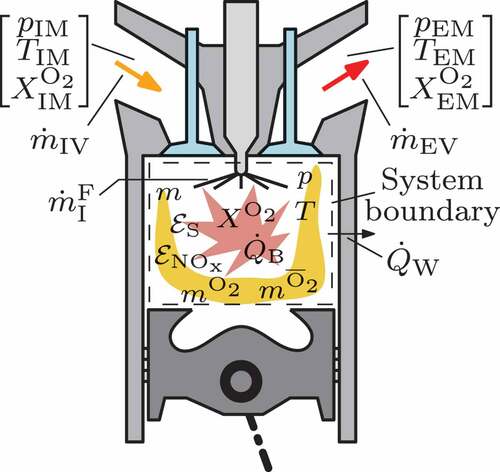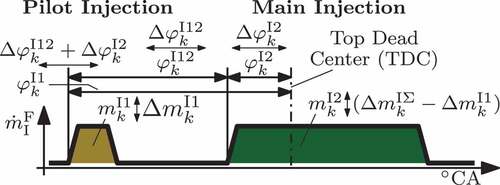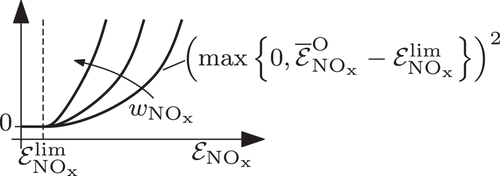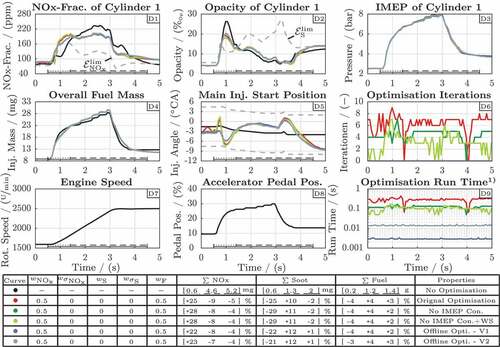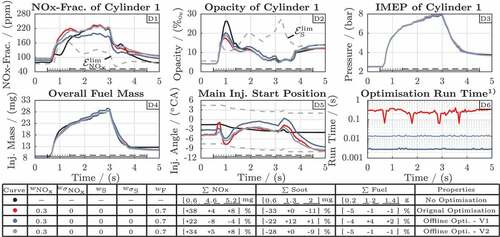Figures & data
Figure 3. Hybrid automaton-like structuring of the engine cycle into the gas exchange, compression, and combustion phase.
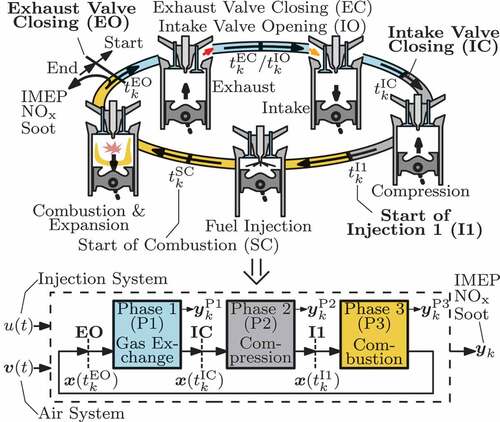
Figure 5. Extension of the conventional fuel injection control scheme with a dynamic correction approach to improve the transient engine operation.
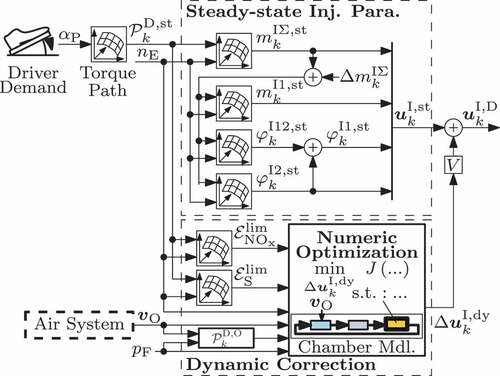
Figure 7. Overview of the test bench structure focussing on the sensors that are located in the intake and exhaust manifold.

Figure 8. Visualisation of the main relations between the air system actuators and the cylinder state of the data-based model input
.

Figure 9. Visualisation of limits of the variation variables and the desired data points (black dots).
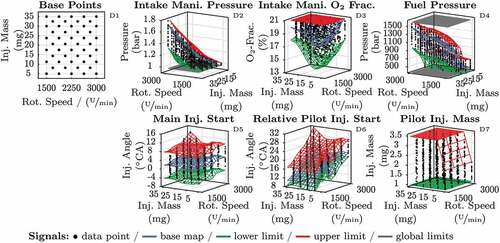
Figure 10. Assembly of input-output samples of the training and test data sets at calibration step one and two for the generation of the data-based models of the optimisation problem (17).
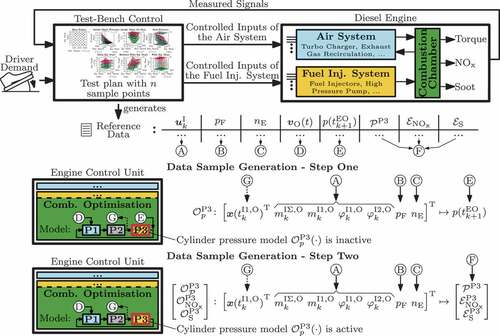
Figure 12. Concept for processing a data point to inherently satisfy the IMEP constraint equation (37).
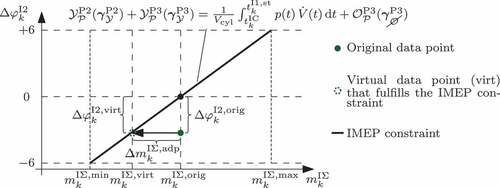
Figure 14. Concept for deriving data-based models that substitute the online optimisation to determine the fuel injection correction .

Figure 15. Sampling concept of the optimisation problem to derive training and test data for the data-based models . The weight variation cases V1 and V2 are investigated.



